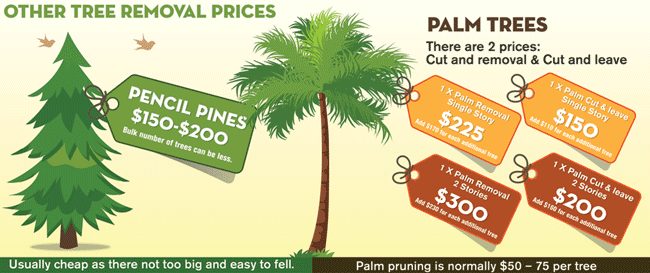Treatment After Tree Removal: Effective Ways To Rejuvenate Your Landscape
Treatment After Tree Removal: Effective Ways To Rejuvenate Your Landscape
Blog Article
Created By-Graham Massey
After a tree's elimination, your landscape might look quite various, and it's vital to evaluate the aftermath carefully. You'll wish to evaluate the soil disturbance and inspect surrounding plants for any kind of indicators of stress. Overlooking these aspects can result in bigger problems down the line. So, what should you do with those stumps and origins? And just how do you pick the most effective plants for your revitalized space? Let's check out these important actions.
Evaluating the Results: Reviewing Your Landscape
After a tree removal, it's crucial to assess your landscape to understand the impact it carries your lawn.
Beginning by taking a look at the area where the tree stood. Seek indications of dirt disturbance, and examine the bordering plants for any stress and anxiety or damages.
You need to also bear in mind of how the removal has changed sunlight direct exposure and airflow in your garden. This shift can influence the growth of close-by plants, so it's vital to assess their health.
Take into consideration the aesthetic aspects as well; the removal might produce an open space that you can revamp.
Ultimately, consider any prospective disintegration issues that might occur from the tree's lack. Addressing these aspects early will aid bring back equilibrium to your landscape.
Handling Stumps and Origins: Alternatives for Elimination
When you've evaluated the after-effects of the tree removal, you'll likely require to tackle the stump and origins left behind.
You have a few choices for removal. One effective approach is stump grinding, where a specialist makes use of an equipment to grind the stump down to below ground degree. This method leaves minimal disruption to your landscape.
If you choose a DIY technique, you can utilize a combination of excavating and chemical stump removers. Simply remember, this process can take time and effort.
Alternatively, consider leaving the stump as an all-natural function, which can act as an one-of-a-kind garden element or environment for wildlife.
Whatever you pick, dealing with the stump and roots is important for recovering your landscape.
Picking the Right Plants for Your New Space
As you evaluate your newly removed area, selecting the right plants can significantly enhance your landscape's appeal and capability.
Beginning by taking into consideration the sunshine and dirt problems. For sunny locations, select drought-resistant plants like lavender or succulents. In shaded Pruning Trees , brushes and hostas prosper well.
Consider the dimension and growth habits of your plants; mix perennials and annuals for seasonal selection. Don't fail to remember to incorporate indigenous species; they need less upkeep and support regional wildlife.
Group plants in strange numbers for an extra all-natural appearance and develop layers for visual depth.
Ultimately, ensure you have a mix of shades and appearances to keep your landscape lively throughout the periods.
Happy planting!
Conclusion
Finally, restoring your landscape after tree removal is a rewarding procedure. By examining the results, resolving stumps and roots, and selecting the right plants, you'll produce a flourishing atmosphere. Don't fail to remember to incorporate disintegration control measures to shield your soil. With a little initiative and care, you can transform your space into a dynamic garden that improves your building. Welcome find out this here to rejuvenate your landscape and enjoy the beauty of nature right in your yard!
